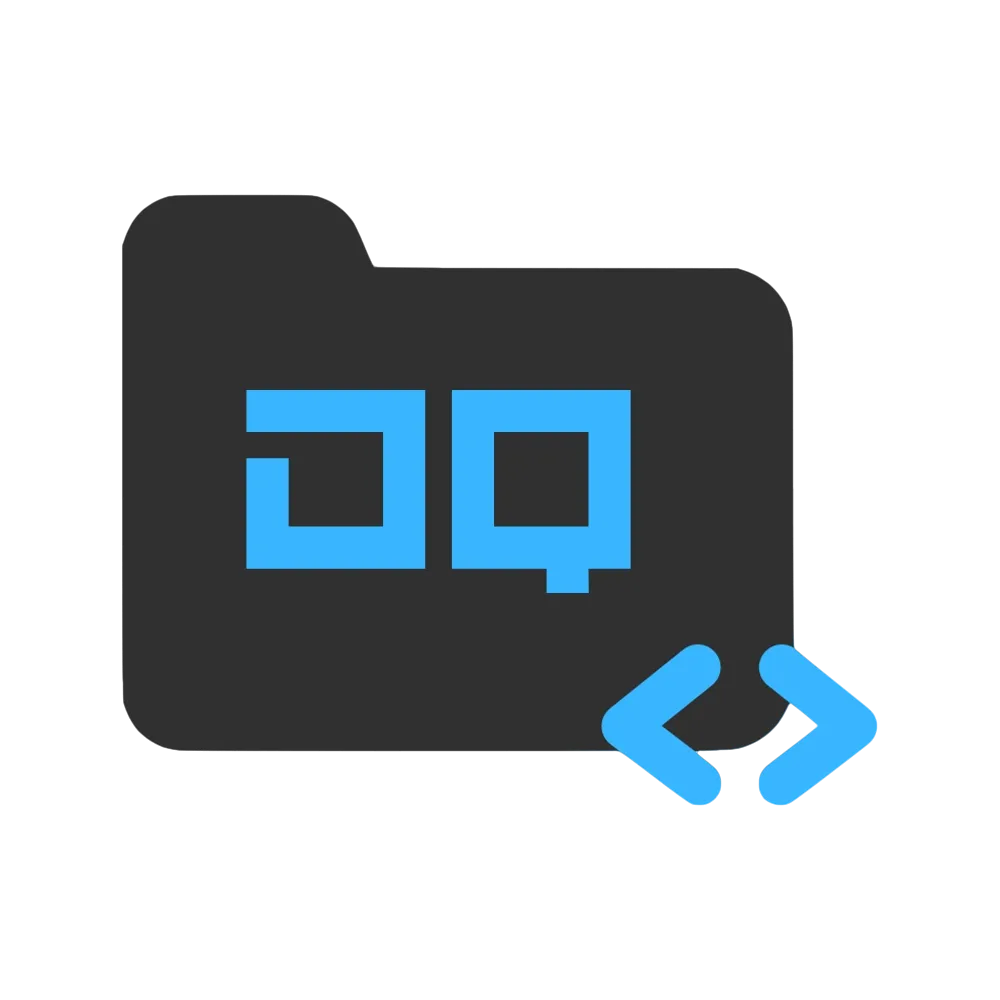In Golang, decoding JSON data into a struct is a fundamental operation, and the process, known as unmarshaling, is both seamless and efficient. Let’s explore how to harness the power of Golang’s encoding/json package to effortlessly convert JSON data into structured Go types.
What’s Inside
1. Understanding Unmarshaling:
Unmarshaling is the process of converting JSON data into Go data structures, such as structs or maps. Golang provides the encoding/json package for handling JSON operations.
2. Struct Tagging:
Scenario: When unmarshaling, Golang relies on struct tags to map JSON keys to struct fields.
Example:
type Person struct {
FirstName string `json:"first_name"`
LastName string `json:"last_name"`
Age int `json:"age"`
}
3. Unmarshal Function:
Function: The json.Unmarshal function performs the actual unmarshaling operation.
Example:
jsonData := []byte(`{"first_name": "John", "last_name": "Doe", "age": 30}`)
var person Person
err := json.Unmarshal(jsonData, &person)
4. Handling Errors:
Check for Errors: Always check the error returned by json.Unmarshal to handle potential issues.
Example:
if err != nil {
// Handle the error appropriately
}
5. Nested Structs:
Scenario: Dealing with nested JSON structures involves embedding structs within structs.
Example:
type Address struct {
City string `json:"city"`
State string `json:"state"`
}
type Person struct {
FirstName string `json:"first_name"`
LastName string `json:"last_name"`
Age int `json:"age"`
Address Address `json:"address"`
}
6. Omitting Fields:
Scenario: Omit fields during unmarshaling by using the json:"-" tag.
Example:
type Person struct {
FirstName string `json:"first_name"`
LastName string `json:"last_name"`
Age int `json:"-"`
}
7. Unmarshaling Raw JSON:
Scenario: Unmarshal JSON into a map[string]interface{} for handling arbitrary structures.
Example:
var result map[string]interface{}
err := json.Unmarshal(jsonData, &result)
Final Thought
In Golang, unmarshaling JSON into structs is a straightforward process, made efficient by the encoding/json package. By understanding struct tagging, employing the json.Unmarshal function, and handling errors diligently, developers can seamlessly integrate JSON data into their Go applications.
Whether dealing with flat structures or nested hierarchies, Golang’s approach to JSON unmarshaling streamlines the integration of external data sources into your Go codebase.
You May Also Like:

